The rich tapestry of Emirati culture finds one of its most elegant expressions in the traditional coffee ceremony known as Gahwa. More than just a beverage, this fragrant Arabic coffee represents centuries of Bedouin hospitality, social customs, and national identity. The preparation and serving of Gahwa follows an intricate protocol that reveals much about UAE values and worldview.
Walking into an Emirati majlis, the distinctive aroma of cardamom-infused coffee immediately signals a space where time slows down and human connection takes precedence. The host typically begins the ritual by bringing out the dallah, an ornate coffee pot with a curved spout that has become a national symbol appearing on the UAE 1-dirham coin. These pots range from simple stainless steel versions to exquisite gold-plated heirlooms passed through generations.
The preparation process itself follows strict traditional methods. Green coffee beans are first lightly roasted in a shallow pan over gentle heat, filling the air with their nutty fragrance. The host must pay careful attention during this stage - under-roasted beans produce flat flavors while over-roasting brings undesirable bitterness. Once cooled, the beans get ground to a fine powder using a brass or copper mortar and pestle, the rhythmic pounding creating a musical prelude to the ceremony.
Water gets brought to boil in the dallah before adding the ground coffee, allowing the mixture to foam up briefly before settling back down. This boiling process gets repeated three times, with cardamom pods and sometimes saffron or cloves added for additional aromatic complexity. The final brew emerges as a pale golden color - quite different from the dark Western coffee varieties - with a light body but intense floral and spicy notes.
Serving Gahwa follows protocols that demonstrate the Emirati emphasis on hierarchy and respect. The host or designated coffee pourer always holds the dallah in the left hand while pouring with the right, offering the finjal (small handleless cup) first to the most senior or honored guest present. Refusing this initial offering would constitute a grave insult, as the coffee represents both welcome and respect. Guests receive the cup with their right hand as well, the left being considered impure in traditional Islamic culture.
The serving ritual contains numerous subtle details that convey social intelligence. The pourer fills the cup only one-quarter to one-third full - not due to stinginess but because frequent small servings ensure the coffee remains piping hot while allowing continuous interaction between host and guests. An observant visitor will note that the pourer stands close enough to show attentiveness but maintains respectful physical distance, typically bending slightly at the waist as they serve.
Drinking etiquette carries equal importance. The first sip should be taken immediately while the coffee is at its hottest, demonstrating appreciation for the host's efforts. Slurping is not only acceptable but encouraged, as the aeration enhances the coffee's delicate flavors. Between sips, the finjal gets held between thumb and forefinger, with other fingers gracefully extended rather than clenched - a pose resembling how one might hold a precious jewel.
Perhaps most fascinating is the silent communication surrounding refills. A guest indicates they've had their fill by gently shaking the finjal from side to side - a discreet gesture that avoids interrupting conversation flow. The host typically offers at least three servings before accepting this signal, as accepting just one or two cups might suggest the guest feels unwelcome. This dance of offering and politely declining can continue for some time, with both parties reading subtle body language cues.
The conversation flowing alongside the Gahwa follows its own rhythm and rules. Initial exchanges tend toward formal pleasantries, with guests complimenting the coffee's quality and hosts inquiring about their visitors' wellbeing. As the ceremony progresses and multiple rounds get served, the talk often deepens into substantive discussions about family, business, or community matters. The caffeine content remains modest compared to espresso, allowing these interactions to continue for hours without jitteriness.
Modern variations on the tradition have emerged while maintaining core etiquette elements. Some households now use electric coffee warmers to maintain ideal serving temperature, and pre-ground coffee has become acceptable for casual gatherings. Yet even in five-star hotel lobbies or corporate meeting rooms where Gahwa gets served, the fundamental rituals persist - the order of serving, the quarter-filled cups, the graceful handling of the finjal.
The symbolic importance of Gahwa transcends its role as a drink. Serving it represents an unspoken promise of safety and hospitality rooted in Bedouin traditions - a traveler receiving coffee in the desert could expect three days of protection. Today, it remains a cornerstone of national identity, with UNESCO adding Emirati and Saudi Arabian coffee traditions to its Intangible Cultural Heritage list in 2015. Schools teach Gahwa etiquette to younger generations, ensuring its survival as both social custom and living art form.
Foreign visitors fortunate enough to experience an authentic Gahwa ceremony often describe it as a moment of cultural transcendence. The deliberate pace, the aromatic steam rising from golden cups, the quiet satisfaction of shared ritual - these elements combine to create what many describe as "liquid generosity." In a fast-paced world, the Gahwa tradition reminds us that some of life's most meaningful connections happen when we slow down, serve others with intention, and savor both the coffee and the company one careful sip at a time.
Understanding Gahwa etiquette provides a window into the Emirati soul - the value placed on patience, the premium on face-to-face interaction, the belief that hospitality constitutes both honor and obligation. As the UAE continues its rapid modernization, the preservation of this coffee tradition represents a conscious choice to anchor the future in cultural authenticity. The next time you raise a finjal of fragrant Gahwa, remember you're not just tasting coffee, but centuries of wisdom about how to treat fellow human beings with dignity and grace.
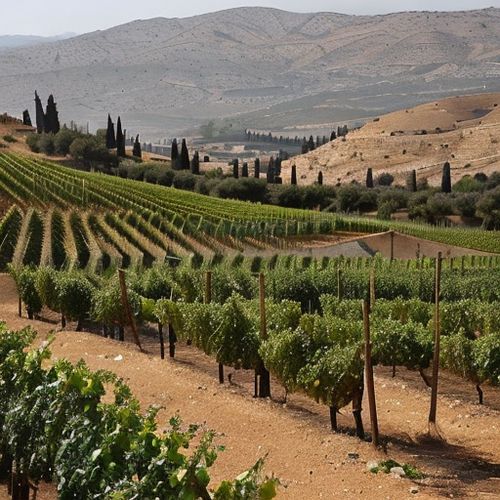
By Jessica Lee/May 10, 2025
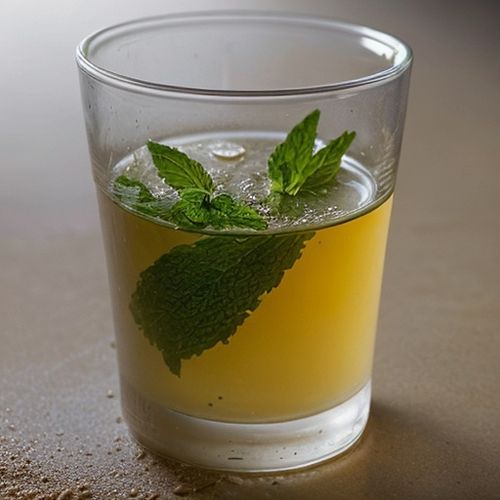
By Victoria Gonzalez/May 10, 2025
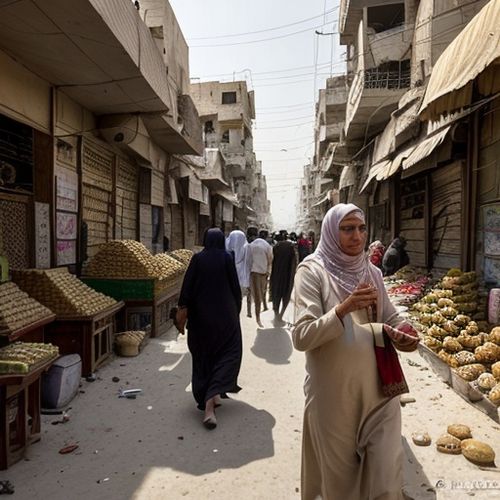
By Noah Bell/May 10, 2025
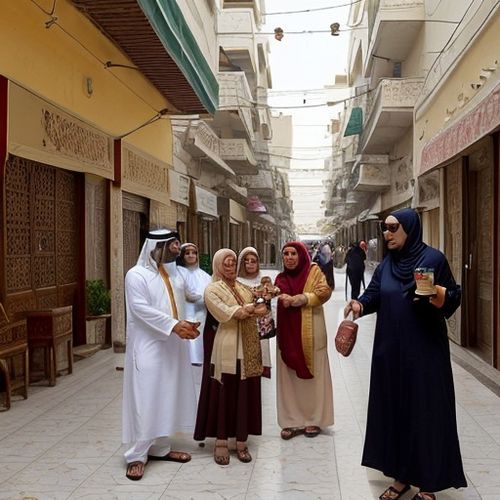
By Benjamin Evans/May 10, 2025
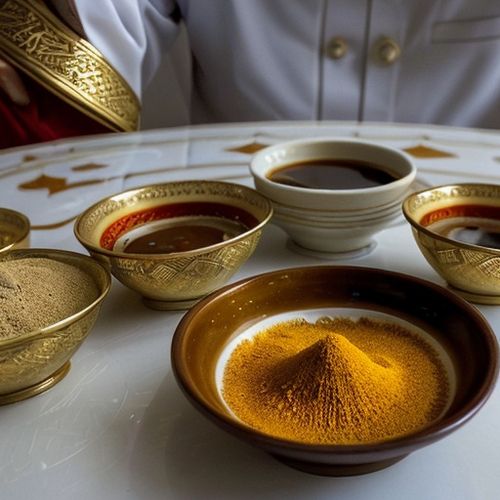
By Rebecca Stewart/May 10, 2025
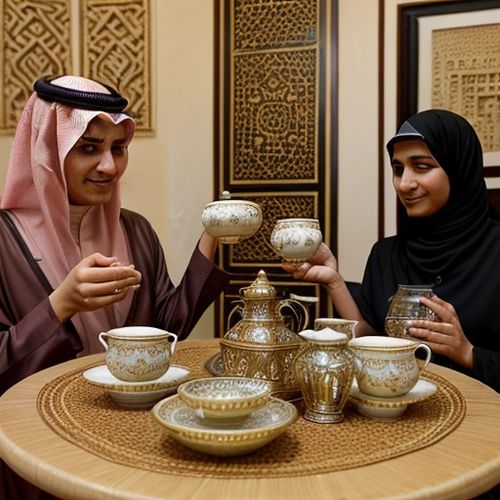
By Daniel Scott/May 10, 2025
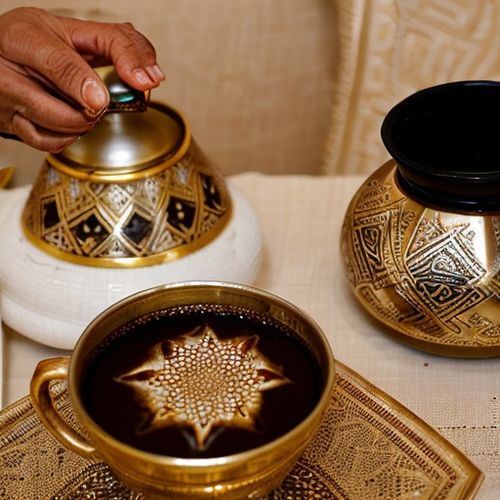
By Samuel Cooper/May 10, 2025
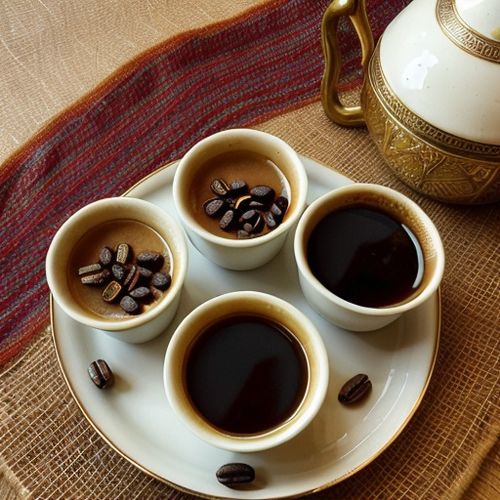
By Ryan Martin/May 10, 2025
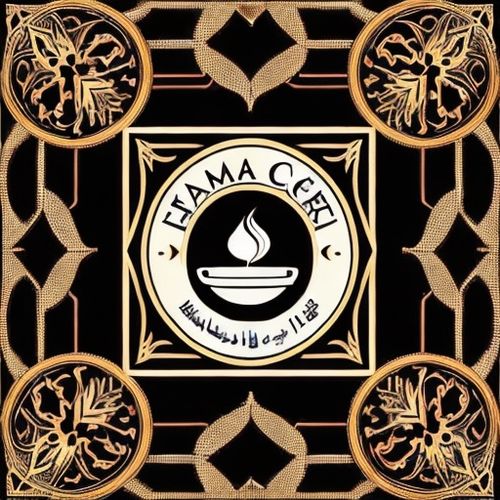
By James Moore/May 10, 2025

By Rebecca Stewart/May 10, 2025
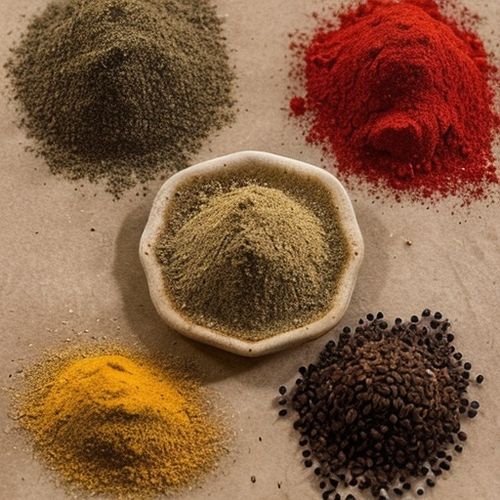
By Rebecca Stewart/May 10, 2025

By Thomas Roberts/May 10, 2025
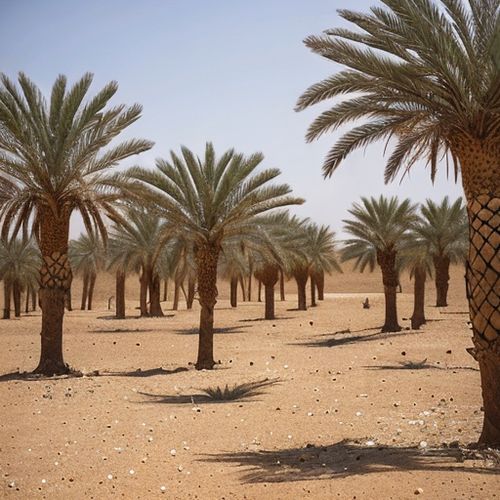
By Grace Cox/May 10, 2025
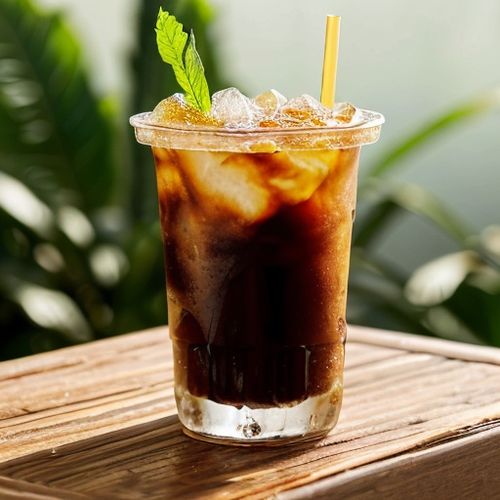
By Sophia Lewis/May 10, 2025
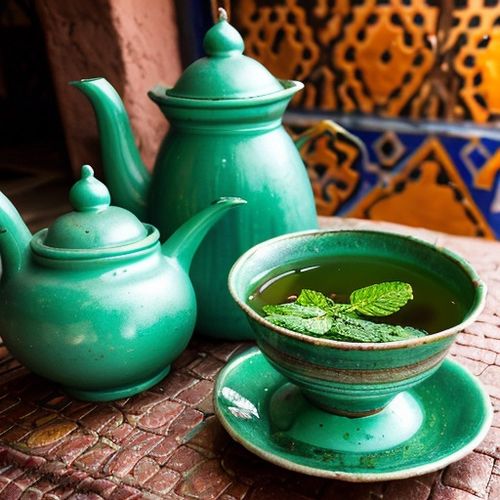
By Sophia Lewis/May 10, 2025

By Daniel Scott/May 10, 2025
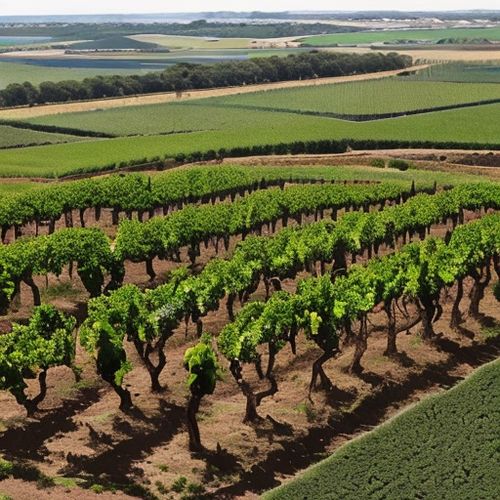
By Amanda Phillips/May 10, 2025
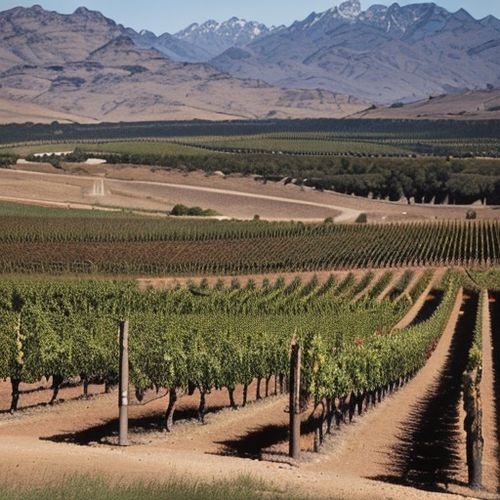
By Lily Simpson/May 10, 2025
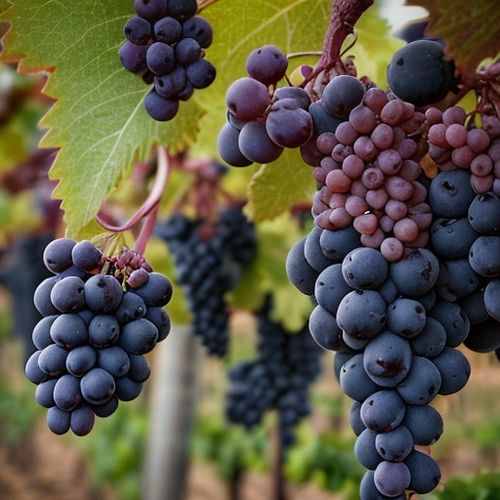
By Natalie Campbell/May 10, 2025
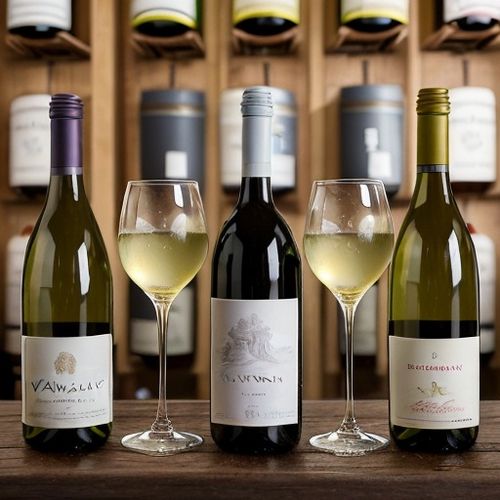
By Olivia Reed/May 10, 2025